Everything Everywhere All At Once may spin off into multiple universes — but the key to its world building was first creating a grounded reality, as the film’s production designer Jason Kisvarday tells Screen
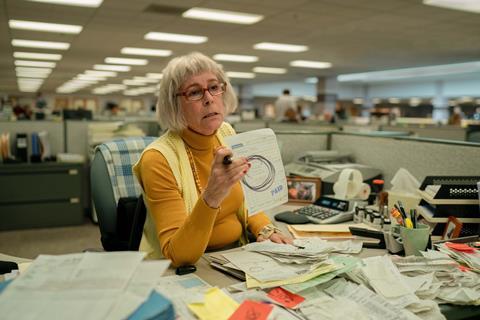
“It is pretty simple,” Everything Everywhere All At Once director duo the Daniels assured Jason Kisvarday. “This isn’t really an art department movie. There’s the IRS, and there’s the family apartment, and there’s a laundromat… Oh, and there’s infinite universes on top of all that. But it’s going to be pretty straightforward. Don’t worry about it.”
Kisvarday has been production designing for the Daniels since 2011 (when he figured out how to make a roomful of women instantly nine-months pregnant for their Chromeo music video ‘When The Night Falls’), and it has always been thus, he laughs. “Every project we work on, it starts out very nonchalant. And as we get into it, the layers of the onion start coming off. ‘Oh, actually somebody has to get swallowed into a couch. Then she tumbles down the stairs and her head smashes through the wall…’ But from my perspective, working with them has always involved designing a very grounded, real world. Then putting a twist on it.”
Everything Everywhere All At Once required the biggest twist yet. Several of them, in fact. Each initially mundane location required a number of different iterations, as Michelle Yeoh’s Evelyn Wang pinballs between increasingly bizarre universes. “There could be multiple permutations of any space we walked into,” explains Kisvarday. “But given the time and resources, it wasn’t possible to change everything all the time. So we had to be smart about the choices we did make. It mostly involved subtle things, like a costume change or the lighting. As far as keeping track of stuff, it was just big, heavy spreadsheets breaking down every scene.”
It helped that the production was rooted in a single location, namely “this old financial building originally owned by Countrywide Insurance”, in Simi Valley, California, north of Los Angeles. Kisvarday describes the space as “this big Swiss Army knife location,” which gave his 20-strong team time to make their required set tweaks, zipping around the corridors with trolleys to dress one area while another was being shot.
“It was a large and confusing building, but it was fun, and we had time to make all our changes, which on a project of this scale you wouldn’t normally get,” he explains. “Usually, you build the set, you say, ‘Well, this is close enough,’ and you shoot the thing. But this was luxurious on a budget like ours.”
The bulk of the base was used for the IRS offices where Evelyn is being audited, before she is pulled into her crazy multiversal adventure. “We set out to create the most realistic, sad IRS building we possibly could,” explains Kisvarday, “then added some layers of fun and built our gags into this world.” He describes it as “a massive, cold, empty space”, which was too big to dress entirely, so his team dressed only specific areas, “breathing life” into them as required. “So Deirdre’s [played by Jamie Lee Curtis] desk was meticulously and beautifully curated. That’s what we would call 100%. The next layer behind that, pretty good. And the next layer behind that would just be a few cardboard boxes.”
In a strange instance of life imitating art, Kisvarday himself was audited by the IRS halfway through shooting. “At first I panicked. But then I thought, ‘You know what? This is really good-looking paperwork. Let me make some photocopies and bring it to set.’” As a result, some of the documents littering the Wangs’ apartment were really Kisvarday’s own.
No place like home
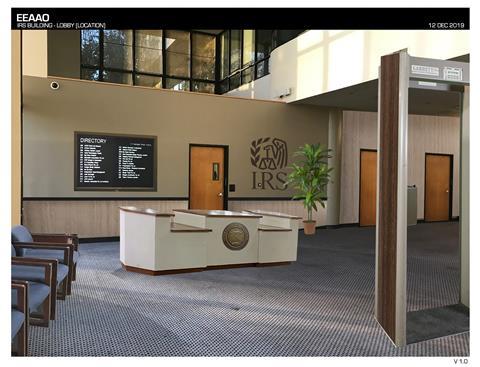
The gloriously cluttered family home was constructed from scratch in the building’s former cafeteria, and engineered to reflect the imperfections of real life. “A lot of people idealise when they’re building a set,” says Kisvarday. “All the walls are straight and there’s nothing weird or wonky. We did the exact opposite. In the real world there are weird decisions made during construction, so we purposely made it a little bit awkward, a little bit strange. The ceiling’s a bit too low and the carpet was purposely a bad colour. We made it dirty and we put the foam popcorn on the ceiling and added water stains. I’m generally attracted to projects that feel like they’re grounded in the real world rather than polished, clean, commercial-type sets. To me, the more clutter, the more patina, the more rust, the better.”
This philosophy likewise extended to the Wangs’ launderette, which was a real Los Angeles location that Kisvarday had to scuzz up in just two or three days. “The reality is, most laundromats here in Los Angeles are big, cold and flavourless,” he says. “They’ve been remodelled sometime in the past 10 years. But we needed it to feel like an extension of the family and their living space. The laundromat we found did have a bit of character, but we went in and we brought the whole place down a bit. We recovered a lot of the stainless-steel washing and drying machines with vinyl — several different shades of beige, so it looks like they’ve been cobbling this place together over the years.”
Much of the quirky-relatable charm of Everything Everywhere All At Once springs from the slightly off-kilter everyday environments that Kisvarday built. A charm perhaps best represented by the googly eye stickers that feature prominently throughout the film. How many did they get through on the production? “All of them!” laughs Kisvarday. “All of them all at once. It’s funny, it didn’t seem like a big deal on the shoot. We just stuck googly eyes on things. But it’s been interesting to see what resonates with audiences. I never would have predicted that would have been a thing.”
Neither could he have guessed the film’s box-office success. “I hope this makes it easier for other unique and interesting films to get financing,” he reflects. For his part, he plans to stick with “smaller indie movies” and “niche projects”. After all, Kisvarday has a maxim he is determined to stick to: “Keep it weird.”


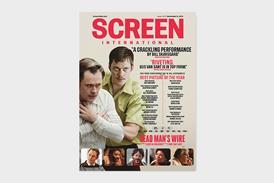
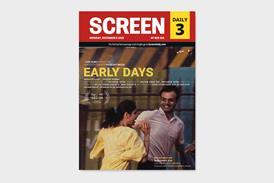
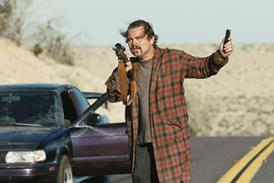
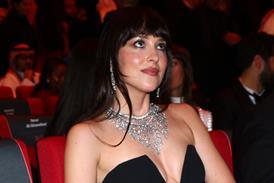
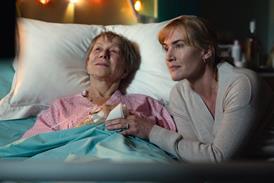


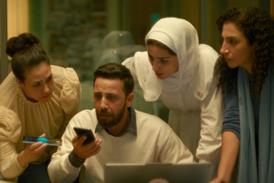



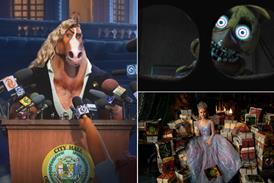
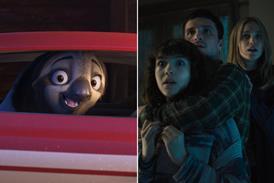

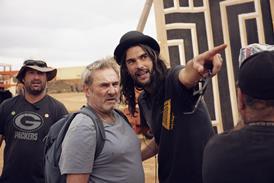







No comments yet